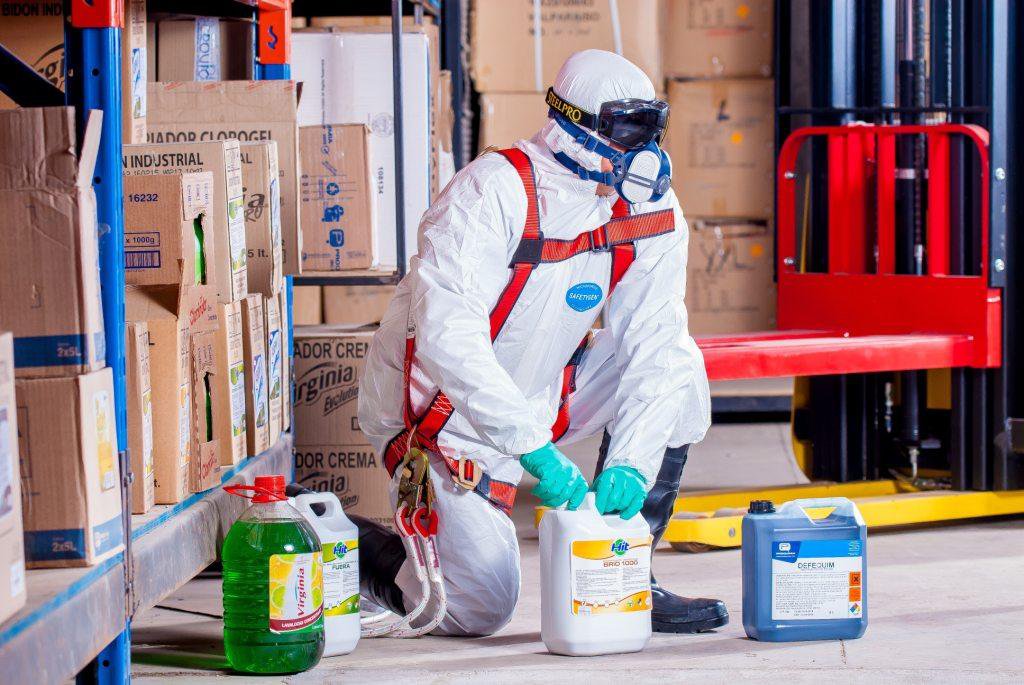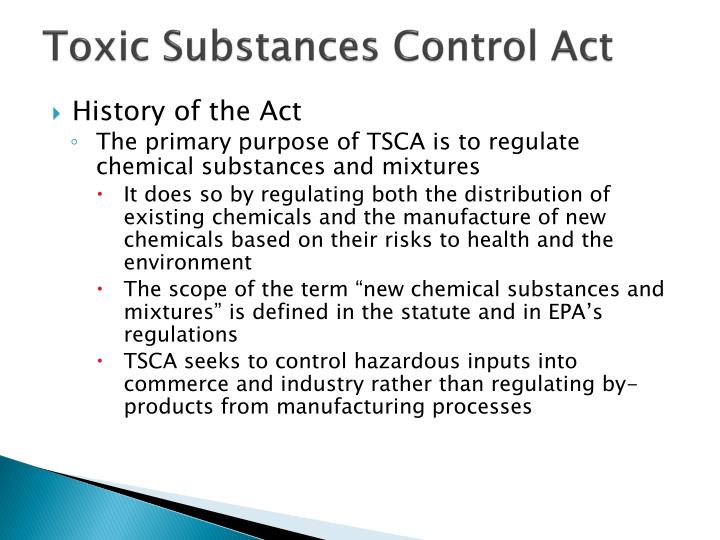


These and other applicable federal environmental laws are discussed in more detail below.īeyond these, many state and local governments have adopted chemical safety laws and regulations over the past few decades that supplement and fill some of the gaps in federal law. The Emergency Planning and Community Right-to-Know Act (EPCRA) requires owners and operators of chemical facilities to submit reports to EPA and provide certain information to the public. The Federal Insecticide, Fungicide, and Rodenticide Act (FIFRA) regulates the manufacture, labeling, sale, and use of pesticides. The Resource Conservation and Recovery Act (RCRA) is concerned with management and disposal of solid and hazardous waste. Although the Toxic Substances Control Act (TSCA) does not apply solely to workers, it provides a comprehensive framework for assessing and restricting toxic chemicals that present unreasonable risk of harm to human health. Environmental Protection Agency (EPA) administers several environmental laws that also address chemicals, including provisions applicable to occupational exposures. The Mine Safety and Health Administration (MSHA) addresses mine worker health and safety but is beyond the scope of this guide. The Occupational Safety and Health Act (OSH Act) of 1970 is the primary federal law addressing workplace health and safety, and it authorizes the Occupational Safety and Health Administration (OSHA) to adopt standards to address significant workplace hazards, including toxic substances. What follows is a summary of eight federal laws that directly or indirectly address occupational exposure to toxic chemicals.

Pursuing any of the strategies outlined in Section One requires a thorough understanding of the relevant laws, regulatory programs, and government institutions that are intended to protect workers’ rights.


 0 kommentar(er)
0 kommentar(er)
